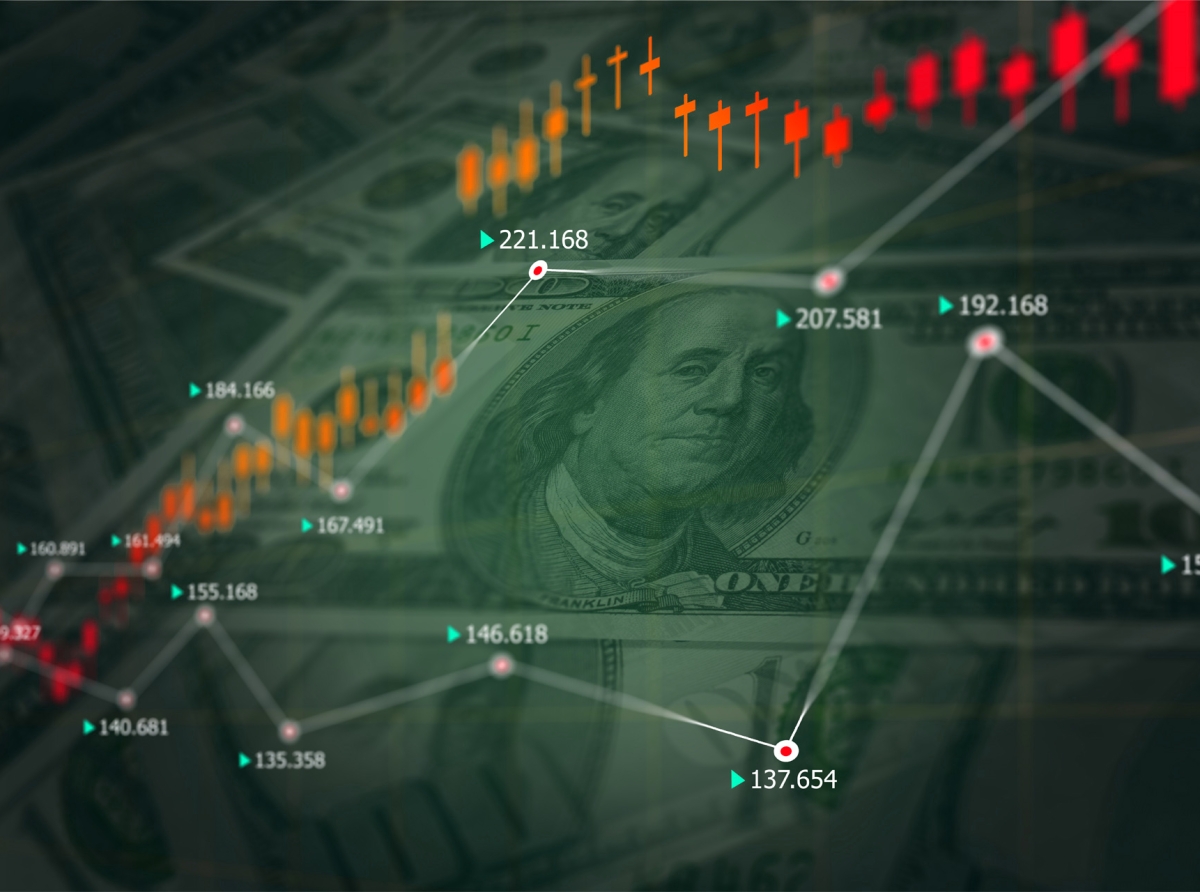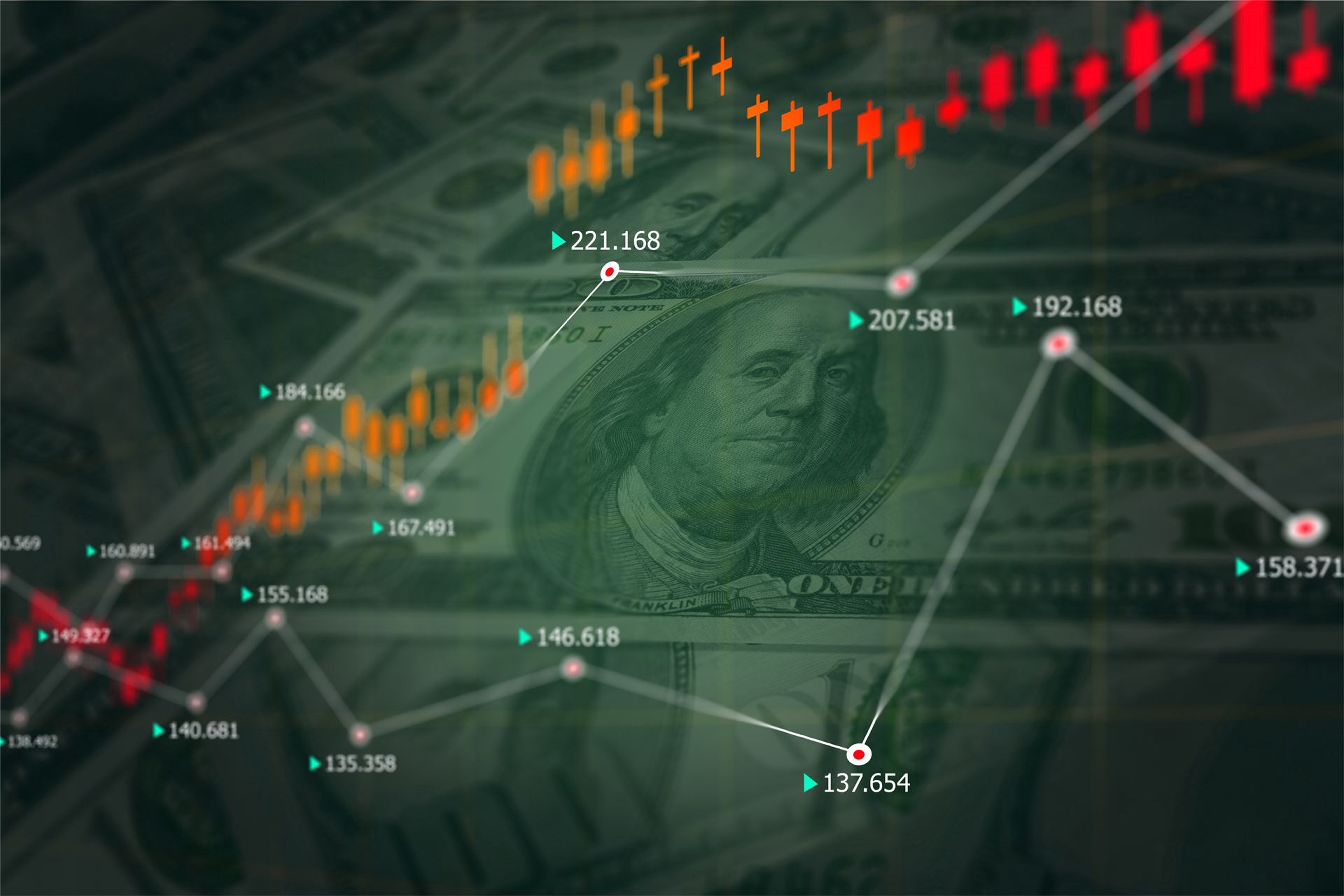The Impact of Limit Orders Versus Market Orders on Slippage in Forex Trading

The Impact of Limit Orders Versus Market Orders on Slippage in Forex Trading
In the dynamic world of forex trading, slippage is a significant factor that can influence trading outcomes.
Slippage occurs when there is a difference between the expected price of a trade and the actual price at which the trade is executed. This phenomenon can erode profits or exacerbate losses, making it crucial for traders to understand and mitigate its effects.
To navigate slippage effectively, traders often employ different types of orders, primarily limit orders and market orders. A limit order sets a maximum or minimum price at which one is willing to buy or sell, ensuring that the trade executes only at the specified price or better. On the other hand, a market order executes immediately at the current market price, prioritizing speed over precision.
This essay aims to delve into how these two order types impact slippage in forex trading. By examining their mechanisms, advantages, disadvantages, and practical implications through comparative analysis and real-world examples, we will provide insights into optimizing trading strategies to minimize slippage.
Slippage occurs when there is a difference between the expected price of a trade and the actual price at which the trade is executed. This phenomenon can erode profits or exacerbate losses, making it crucial for traders to understand and mitigate its effects.
To navigate slippage effectively, traders often employ different types of orders, primarily limit orders and market orders. A limit order sets a maximum or minimum price at which one is willing to buy or sell, ensuring that the trade executes only at the specified price or better. On the other hand, a market order executes immediately at the current market price, prioritizing speed over precision.
This essay aims to delve into how these two order types impact slippage in forex trading. By examining their mechanisms, advantages, disadvantages, and practical implications through comparative analysis and real-world examples, we will provide insights into optimizing trading strategies to minimize slippage.

The Impact of Limit Orders Versus Market Orders on Slippage in Forex Trading
Understanding Limit Orders
Mechanism and Execution ProcessA limit order allows traders to specify the exact price at which they want to buy or sell a currency pair.
For example, if EUR/USD is trading at 1.1500 and a trader wants to buy only if the price drops to 1.1450, they would place a buy limit order at 1.1450.
If the market reaches this price, the order is executed; if not, it remains pending.
Advantages and Disadvantages
Advantages:Price Control: Ensures execution at the desired price or better.
Cost Efficiency: Reduces costs associated with unfavorable prices.
Protection against Volatility: Useful in volatile markets where prices can swing rapidly.
Disadvantages:
Execution Uncertainty: The primary drawback is that limit orders may not execute if the market does not reach the specified price.
Opportunity Cost: Potentially missing out on profitable opportunities if prices move away from the set limit without triggering it.
Impact on Slippage
Limit orders are designed to minimize slippage by ensuring trades are executed only at specified prices or better. However, this comes with the risk of non-execution during fast-moving markets where prices do not meet set limits.
Understanding Market Orders
Mechanism and Execution ProcessA market order instructs brokers to execute a trade immediately at the best available current price in the market. This type of order prioritizes speed over price precision.
Advantages and Disadvantages
Advantages:
Immediate Execution: Ensures that trades are carried out instantaneously.
Simplicity: Easy to place without needing specific price points.
Liquidity Utilization: Takes advantage of existing liquidity for instant execution.
Disadvantages:
Potential for Slippage: High volatility can lead to execution at less favorable prices than expected.
Lack of Price Control: Traders may face unexpected costs due to quick market shifts.
Impact on Slippage
Market orders often incur higher slippage compared to limit orders because they are executed at prevailing market prices, which can vary rapidly during volatile periods. Traders must be prepared for potential discrepancies between intended and actual execution prices.
Comparative Analysis
Direct Comparison Between Limit Orders and Market Orders Regarding SlippageWhen comparing limit orders with market orders concerning slippage:
Limit Orders: Tend to have minimal slippage as trades are executed only at predetermined prices or better.
Market Orders: Are prone to higher slippage due to immediate execution based on market conditions without regard for specific price thresholds.
Scenarios Where Each Type Is More Beneficial
Limit Orders Are Beneficial When:
Precision in entry/exit points is crucial.
Trading in highly volatile markets where controlling execution cost is essential.
Patience prevails over speed in trade execution strategies.
Market Orders Are Beneficial When:
Speed of execution outweighs precision needs.
Rapidly moving markets present short-lived opportunities.
Ensuring position entry/exit regardless of minor cost variances is critical for strategy
success.
ForexTrading, MarketOrders, LimitOrders, Slippage, TradingTips









Report
My comments